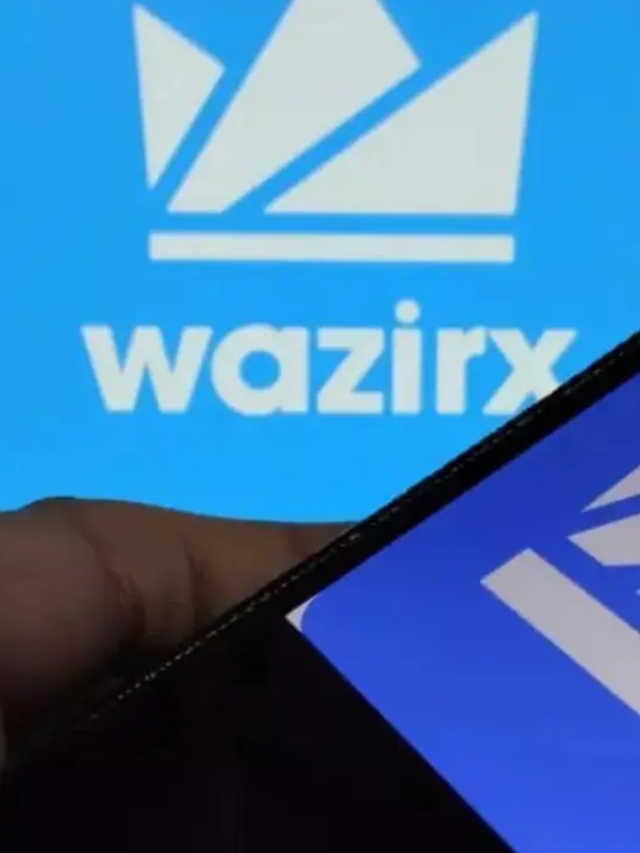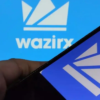With the world increasingly connecting, there is a significant and frequent requirement to send money across borders. Traditional ways of remittance include bank transfers and money transfer services, which are usually very expensive, time-consuming, and cumbersome. It is due to this that Bitc0in—a revolutionary digital currency—offers a frictionless, cost-effective, and efficient means of cross-border payments. The following guide illustrates exactly how to use Bitc0in for international remittances, discussing its advantages and giving step-by-step directions.
What is Bitcoin?
Bitcoin, as we have said, is an online currency created back in 2009 by a person or people using the mysterious pseudonym Satoshi Nakamoto. Unlike conventional money printed by governments and then through centralized banks, Bitc0in leverages a decentralized network with an underlying blockchain technology. This technology documents every transaction on a public ledger maintained by a network of computers called nodes.
Bitcoin, being decentralized, is not controlled by an individual entity and is hence resistant to many of the pitfalls that plagued the traditional financial system. Mining allows Bitc0in transactions to be secured and viewed by anyone because miners verify the transactions through the solving of complex mathematical problems.
 Why Use Bitcoin for International Remittances?
Why Use Bitcoin for International Remittances?
Until today, international remittance, or in other words, sending money from one country to another, always involved banks and money transfer services. These can be very slow and costly. Bitc0in can offer a set of advantages that make the medium further attractive for a set of reasons, including but not limited to:
1. Lower Fees
Among major advantages, Bitc0in in cross-border money transfer carries much-reduced fees since traditional remittance services charge substantial money transfer fees on both the sending and receiving of funds. There are usually lower fees associated with transactions in Bitcoins since they normally don’t involve intermediaries like banks or money transfer services.
2. Faster transactions
This is because most of the traditional international money transfers take a couple of days to clear, especially on those transfers to a less developed banking infrastructure country. Bitc0in transactions, however, can be done in minutes. That’s usually how long it takes for a Bitcoin transaction to be confirmed once you have sent it.
3. Global Accessibility
Bitcoin is open to all, since any person connected to the internet can use it. It therefore provides an avenue through which money can be sent across most countries of the world. Unlike traditional or mainstream remittances, which may have restrictions concerning location or the availability of local banking, Bitc0in offers a universal solution in cross-border money transfer.
4. Security and Transparency
Bitcoin transactions are secure and transparent. All the Bitcoin transactions are recorded in this so-called blockchain ledger, which is publicly open and unalterable. What’s more, that simply guarantees the integrity of these records because once something gets recorded on the blockchain, it cannot be altered or erased. Such transparency in transactions leads to preventing fraud and making all transactions verifiable.
How to Get Started with Bitcoin?
There are a few key ways you get started using Bitc0in for international remittances. Here’s how you can get started with using Bitc0in:
1. Create a Bitc0in wallet.
A Bitc0in wallet is some form of virtual wallet through which you store, send, and receive Bitc0in. There are several wallet options, to wit:
Software Wallets: These are applications downloaded onto either your computer or smartphone. They are convenient, though perhaps not as secure as a hardware wallet.
Hardware Wallets: These are physical devices that keep your Bitc0in offline. They are highly secure and suitable for long-term storage.
Mobile wallets: These are applications designed for smartphones. They make access to your Bitc0in quite easy and are very convenient for day-to-day uses.
Choose a wallet that suits you best, and set it up following the instructions. You should, at all costs, avoid any kind of unauthorized access to your wallet’s private key because it is required every time you want to log in to access your Bitc0in.
2. Buy Bitcoin
With a wallet, you would want to acquire Bitc0in. You could purchase Bitc0in from any of the following exchanges:
Coinbase: Easy to use for beginners and very secure.
Finance offers a wide selection of cryptocurrencies for buying and selling.
Kraken: Advanced ability to trade cryptocurrencies, with relatively low fees.
To buy Bitc0in, you’d sign up for one of these websites, put local money into the wallet, and then order Bitc0ins. The exchange would send the ordered amount of bitc0ins to your wallet address.
How to send Bitcoin:
Overseas Bitc0in transmission is as easy as it gets and requires merely a few simple steps.
Open Your Wallet: First things first, launch your Bitc0in wallet application or hardware device.
Receiver’s Address: Enter the Bitc0in wallet address of the receiver. Double-check the address to be correct, as Bitc0in, once sent, is irreversible.
Amount: Enter the amount you want to send in Bitc0in.
Confirm and Send: Confirm your transaction details and execute the transaction. Your transaction gets processed on the Bitc0in network and is recorded on the blockchain.
4. Tracking the Transaction
Most Bitc0in wallets are able to show when a transaction has been confirmed. You’ll be able to see through that wallet when the transaction is confirmed and when the receiving party actually receives the Bitc0in.
Tips for Successful Bitcoin Remittances
Generally speaking, sending remittances via Bitc0in is a pretty straightforward process. However, here are a few tips to make sure the process goes as smoothly as possible:
1. Verify wallet addresses
Double-check the recipient’s wallet address before every Bitc0in transfer. Transactions in Bitcoin are irreversible, and once money is transferred to the wrong address, you can forget about it ever seeing it again.
2. Keep an eye on the probable transaction fees
Most of the time, Bitcoin transaction fees are lower than those of traditional methods. However, the fees charged are varied. Just before sending Bitcoins, check the updated fee given on your wallet or exchange platform.
3. Deal only with reputable exchange firms.
Opt for exchanges that have strict security measures in place, along with good customer service. Do your background check about the site and read reviews to avoid problems that may arise in the future.
4. Beware of Bitcoin’s volatility
The value of Bitcoin fluctuates quite a bit. If you’re sending a specific amount of money, make sure to note the value of the bitcoin at that point in time so that the value received is intended accordingly.
Conclusion
Bitcoin presents a very modern solution to the hassles of international remittance. You can have your money across borders while reaping benefits like lower fees, faster transactions, and global accessibility. From this how-to guide, you should now be in a position to understand how to use Bitcoin effectively in the process of sending international remittances. Look no further than embracing digital currency in making international transactions easier and time-saving.



















